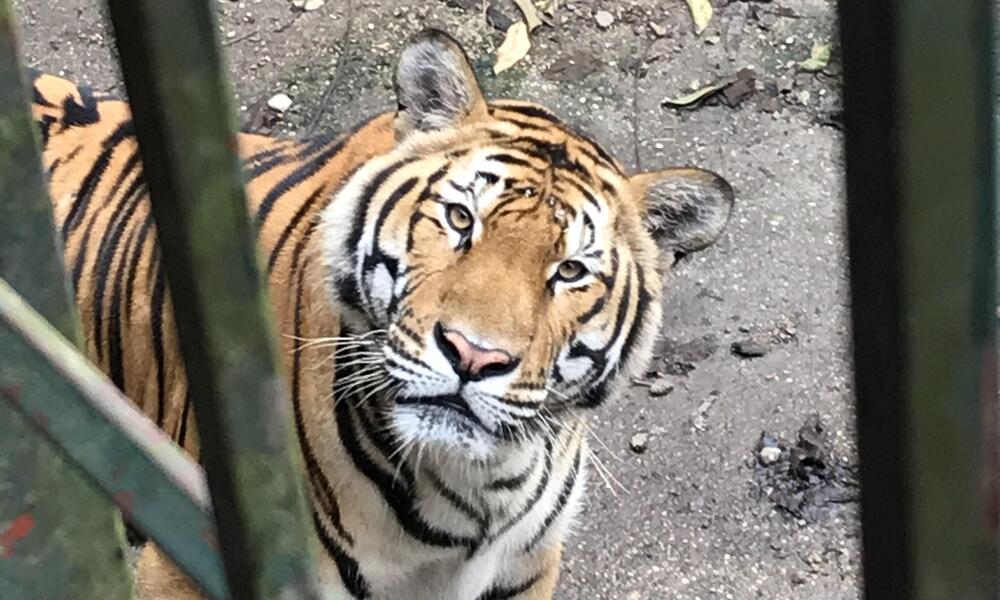Tiger ‘farms’ are captive facilities that breed tigers to supply or directly engage in the commercial trade of tiger parts or products. Unfortunately, the number of these farms have increased over the years, with more tigers living in captivity than in the wild.
Since the 1990s, some people—including those with business investments in Asia’s tiger farms—have suggested that supplying bone and other products from farmed tigers would alleviate the demand for wild tiger parts and products for various uses, including in traditional medicines, and thereby contribute to wild tiger conservation. On the contrary, these farms perpetuate the demand for tiger products and provide cover for the illegal trade of wild tigers and their parts. The movement of tiger parts from these captive facilities, both legally and illegally, makes it difficult for law enforcement to distinguish between parts that have come from poached wild tigers or captive-bred tigers. These farms also contribute to confusion among consumers and legitimize the use and purchase of such items, meaning wild tigers could face increasing poaching pressure from the growing demand for these tiger products.
TRAFFIC’s 2016 report, Reduced to Skin and Bones Re-examined, demonstrates the severity of the threat that poaching and illegal trade still pose, with seizures of parts and products indicating an average of 110 tigers killed and traded each year since 2000. The true number is surely higher as these figures reflect reported seizures, while much of the trade goes undetected. The report also found that an estimated 30% of live tigers seized between 2012 and 2015 came from captive sources, including farms, zoos, and tourist attractions, highlighting the growing role of these facilities in the illegal trade.

